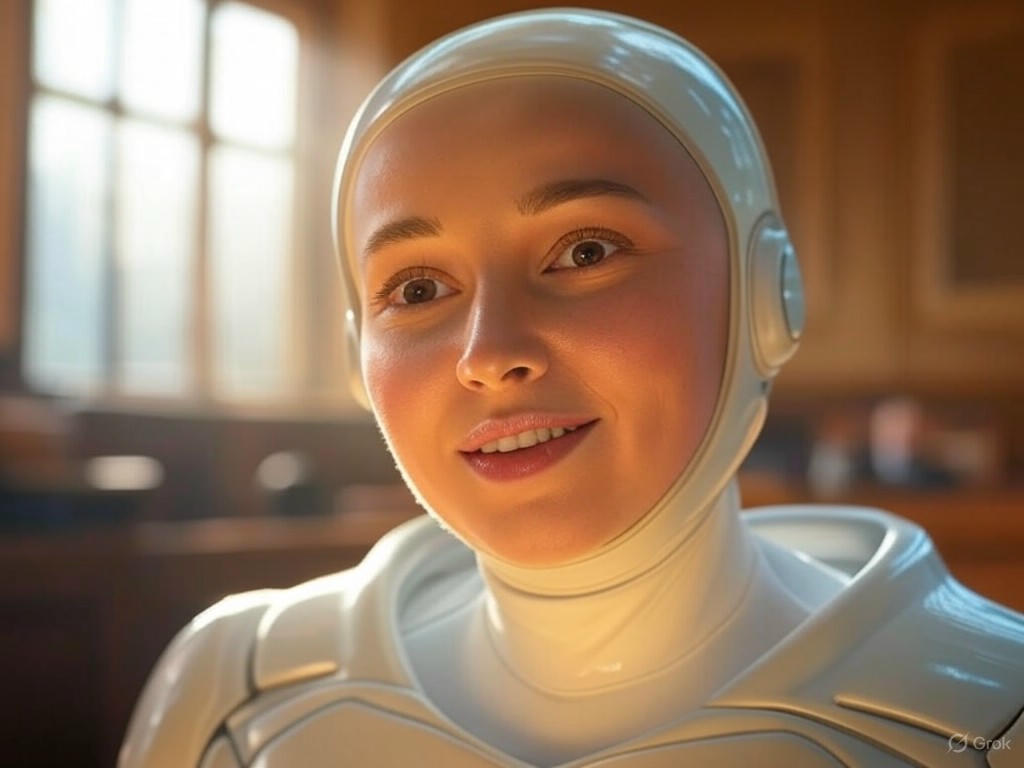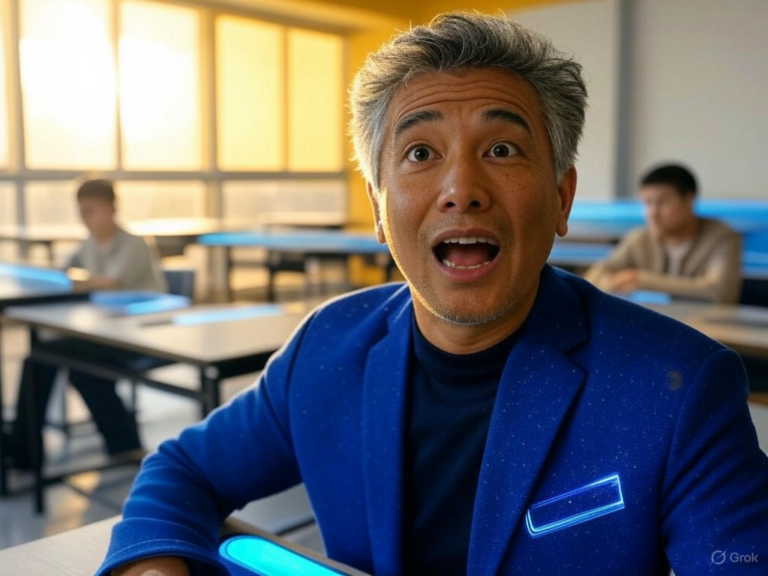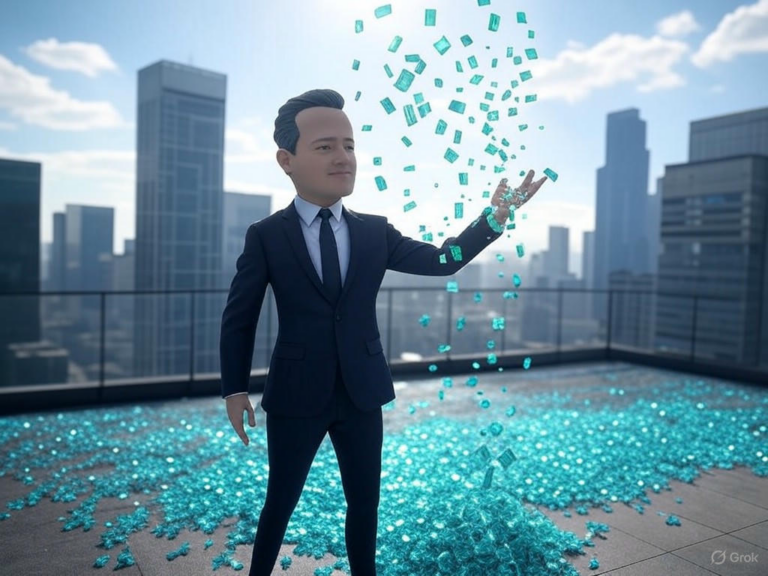
AI Impact Statement: Arizona Man’s AI Video Confronts Killer in Court
The Power of AI Victim Impact Statements in Court
In a courtroom in Arizona, technology bridged the gap between life and loss, allowing a man who was no longer with us to speak directly to the person who took his life. This was the first time an AI victim impact statement transformed a tragic road rage incident into a moment of unexpected reconciliation, reshaping how we view justice through innovative tools. Picture a voice from the past echoing with clarity and emotion, offering forgiveness instead of retribution—that’s exactly what unfolded in May 2025, marking a pivotal shift in how artificial intelligence intersects with the legal world.
This event wasn’t just about technology; it was about giving a voice to the silenced. When Chris Pelkey’s AI-generated statement addressed his killer, it highlighted the profound potential of AI victim impact statements to humanize proceedings that often feel cold and procedural. As we delve deeper, you’ll see how this case could set a precedent for future applications, blending empathy with cutting-edge innovation.
The Unprecedented Courtroom Moment
Imagine sitting in a courtroom, the air thick with tension, when suddenly, the voice of a deceased man fills the room. That’s what happened when Chris Pelkey, killed in a 2021 road rage incident, delivered his statement via AI. The AI victim impact statement recreated Pelkey’s voice and image so vividly that it felt like he was there, speaking directly to Gabriel Horcasitas, the man who shot him.
“To Gabriel Horcasitas, the man who shot me: it is a shame we encountered each other that day in those circumstances,” the AI version of Pelkey said, his words carrying a mix of sorrow and hope. This wasn’t scripted revenge; it was a message of reconciliation, ending with, “In another life, we probably could have been friends.” Horcasitas, who received a nearly 13-year sentence for manslaughter, faced this digital apparition that acknowledged its own creation: “I am a representation of Chris Pelkey, recreated through artificial intelligence that utilizes my image and vocal profile.”
Have you ever wondered how technology could make the intangible feel real? This instance shows how an AI victim impact statement can turn abstract concepts into tangible emotional experiences, potentially changing how victims’ families seek closure.
Behind the AI Creation
The Family’s Initiative in Crafting an AI Victim Impact Statement
At the heart of this story was Stacey Wales, Pelkey’s sister, who felt a crucial voice was missing from the 49 victim impact letters read in court. Determined to honor her brother, she teamed up with her husband Tim and a tech-savvy friend to build this groundbreaking representation. “We wanted to capture what Chris would have said, not what we wanted him to say,” Tim explained, underscoring the careful balance they struck.
It wasn’t easy—Wales had to set aside her own grief and channel her brother’s essence, a process she described as both challenging and rewarding. Pelkey, a 37-year-old army veteran with deep religious convictions, was known for his kindness, which guided every word of the statement. This effort exemplifies how an AI victim impact statement can preserve someone’s legacy, turning personal loss into a tool for healing.
The Message of Forgiveness
What made this AI creation so compelling was its core message: forgiveness. The AI Pelkey, drawing from his real-life values, stated, “I believe in forgiveness, and a God who forgives. I always have, and I still do.” It wrapped up with a heartfelt, “Well, I’m going now. See you all on the other side,” leaving everyone in the room reflecting on redemption.
This approach raises an intriguing question: Could AI victim impact statements become a standard way to convey such personal sentiments in court? By focusing on empathy, this case demonstrated how technology can amplify human qualities rather than replace them.
Judicial Response and Family Impact
The judge’s reaction was immediate and positive. Judge Todd Lang praised the innovation, saying, “I loved that AI. Thank you for that,” and noted how it allowed Pelkey to speak from the heart without demanding harsh punishment. Despite the family’s anger, the AI’s message emphasized understanding over vengeance.
For the family, creating the statement was unexpectedly therapeutic. Wales shared that details like “trimming his beard and inserting laughs” helped them process their grief, with her teenage son finding comfort in hearing his uncle’s goodbye. It’s a reminder that an AI victim impact statement isn’t just for the courtroom—it’s a pathway to emotional recovery, blending technology with heartfelt memories.
AI in the Legal System: A Growing Trend
AI’s role in courts is evolving rapidly, and this Arizona case stands out as a positive example. While there have been missteps, like Michael Cohen’s accidental use of AI-generated citations in 2023 or a rejected AI lawyer avatar, Pelkey’s story shows the constructive side. An AI victim impact statement here served justice by giving a voice to the victim, potentially paving the way for wider adoption.
Think about it: In a system often bogged down by bureaucracy, could tools like this make proceedings more humane? As AI advances, we might see more cases where AI victim impact statements help balance the scales, offering a glimpse into a more compassionate legal future.
Ethical Considerations and Future Implications
Balancing Authenticity in Posthumous AI Testimony
While innovative, this case sparks debates about authenticity and consent. Can an AI truly capture someone’s essence when they’re no longer around to verify it? The Pelkey family relied on their deep knowledge of his character, ensuring the statement aligned with his beliefs in love and forgiveness, but this still depends on interpretation.
Ethical questions aside, what if we standardized guidelines for AI victim impact statements? This could prevent misuse while honoring the deceased, as seen in Pelkey’s case, where careful crafting made the technology feel genuine and respectful.
Potential Applications Beyond the Courtroom
The success of this AI opens doors to broader uses, like letting families interact with digital versions of lost loved ones or preserving historical figures’ legacies. Imagine a grandchild hearing advice from a grandparent long gone, or cultural elders sharing wisdom through AI. Yet, as with any tech, we must weigh the benefits against risks, ensuring AI victim impact statements don’t blur reality too much.
Technical Aspects of the AI Recreation
Creating Pelkey’s AI involved advanced techniques like voice synthesis for his distinctive tone, video manipulation for realistic expressions, and natural language processing to match his speaking style. While exact details weren’t shared, these tools combined existing footage and audio to produce a lifelike result.
This level of sophistication raises the bar for AI in personal contexts. For instance, if you’re dealing with loss, could similar tech help you preserve a loved one’s voice? The outcome here proved that with the right approach, AI can deliver something profoundly moving.
Public and Media Response
News outlets from Fox 10 Phoenix to YouTube channels quickly picked up the story, highlighting its emotional depth and technological novelty. Public opinions vary—some celebrate it as a step toward inclusive justice, while others worry about authenticity. Either way, it’s clear that AI victim impact statements are capturing imaginations worldwide.
If this case has you thinking about AI’s role in society, you’re not alone. It’s a conversation worth having, as it could influence how we handle grief and accountability in the digital age.
Conclusion: A New Frontier for Technology and Justice
The Pelkey case marks a turning point, showing how an AI victim impact statement can bring healing to families and humanity to the courts. By allowing Chris to “speak” one last time, it challenged traditional views and opened up new possibilities for justice systems adapting to tech.
As we move forward, consider how this might evolve—could it inspire reforms in victim advocacy? We’d love to hear your thoughts: Share in the comments how you think AI could shape the future of law, or explore more on our site about emerging technologies. For deeper insights, check out this Fox 10 Phoenix article on the story.
References
- Fox 10 Phoenix. “Arizona shooting victim speaks to killer through artificial intelligence.” Link.
- YouTube. Video coverage of the case. Link.
- KGOU. “After an Arizona man was shot, an AI video of him addresses his killer in court.” Link.
- Additional YouTube sources: Various related videos on AI ethics and applications.







